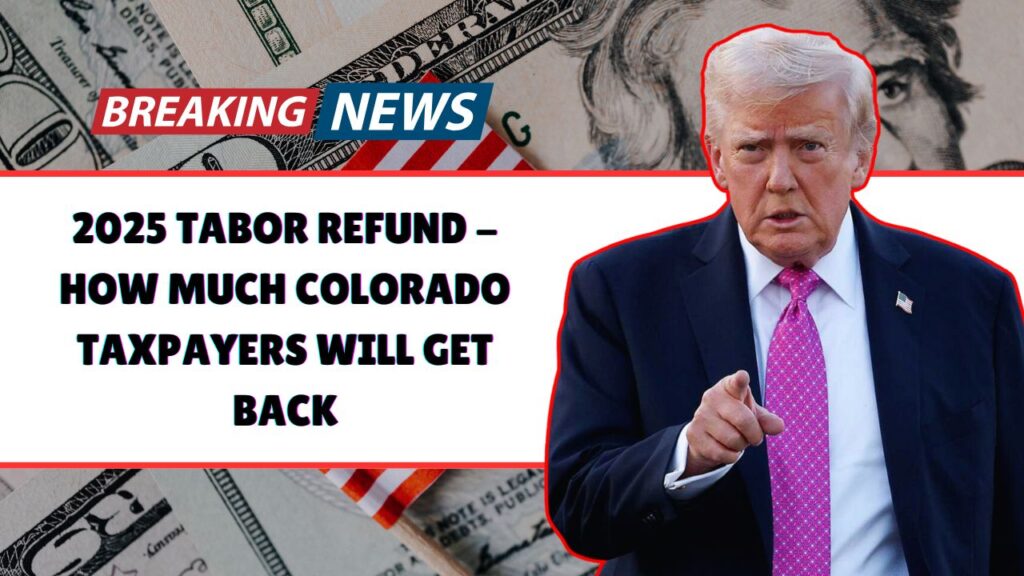Good news for Colorado residents! The state is set to return money to taxpayers under the Taxpayer’s Bill of Rights (TABOR), even though the refund is smaller this year.
TABOR ensures that if Colorado collects more money than its spending limit, citizens get some of it back. Here’s what you need to know about the 2025 refund.
What Is the TABOR Refund?
The Taxpayer’s Bill of Rights (TABOR) is a law passed in 1992 in Colorado. It requires the state to refund any revenue collected above a set spending limit, unless voters approve keeping it. This law helps taxpayers directly benefit when the state earns more than it spends.
Colorado’s 2025 Refund Numbers
Earlier this year, the state controller confirmed that Colorado collected $296.1 million above the TABOR spending cap. This triggers a refund for taxpayers, although the amounts are smaller than in previous years.
Expected Refund Amounts
The table below shows the expected refunds for different income levels:
| Income Level | Refund Amount |
|---|---|
| Low income | $20 |
| Middle income | $40 |
| Higher income | $62 |
Eligible taxpayers do not need to apply separately. The refund will be processed automatically when you file your 2025 tax return, which is usually in early 2026.
Why the 2025 Refund Is Smaller
This year’s refund is smaller due to several reasons:
- Slower job and wage growth in key sectors of the economy.
- Decline in corporate income taxes caused by changes in national trade policies.
- Higher state spending on education, healthcare, and other public services, adjusted for inflation.
- End of pandemic-era federal aid, which boosted revenue in previous years.
These factors combined to reduce the state’s surplus, resulting in smaller refund amounts for taxpayers.
Revenue Outlook for the Future
Looking ahead, legislative forecasts suggest:
- General-fund revenue is expected to drop by about 1.1% next fiscal year.
- No TABOR refund is expected in 2027, marking a possible pause since 2020.
- Revenue may recover in the 2026–27 cycle, which could allow refunds to resume in future years.
Even though the 2025 refund is modest, the TABOR program is still active and sensitive to Colorado’s economic conditions.
The 2025 TABOR refund gives Colorado taxpayers a share of excess state revenue. Refunds will range from $20 to $62 depending on income.
While smaller than in previous years, these refunds reflect slower economic growth, higher spending, and the end of pandemic-era revenue boosts.
Filing your 2025 tax return correctly is important to ensure you receive the refund automatically. Even modest, this refund remains an important tool in Colorado’s financial system and shows how the state manages surplus funds responsibly.
FAQs
You are eligible if you are a full-year resident of Colorado, file your 2025 tax return, and meet the requirements set by the Department of Revenue.
Refunds will be issued during the 2025 tax-filing process in early 2026. You will receive it by direct deposit or check depending on your filing method.
The surplus above the TABOR cap is smaller this year due to slower revenue growth, higher state spending, and the end of pandemic-era federal aid.
